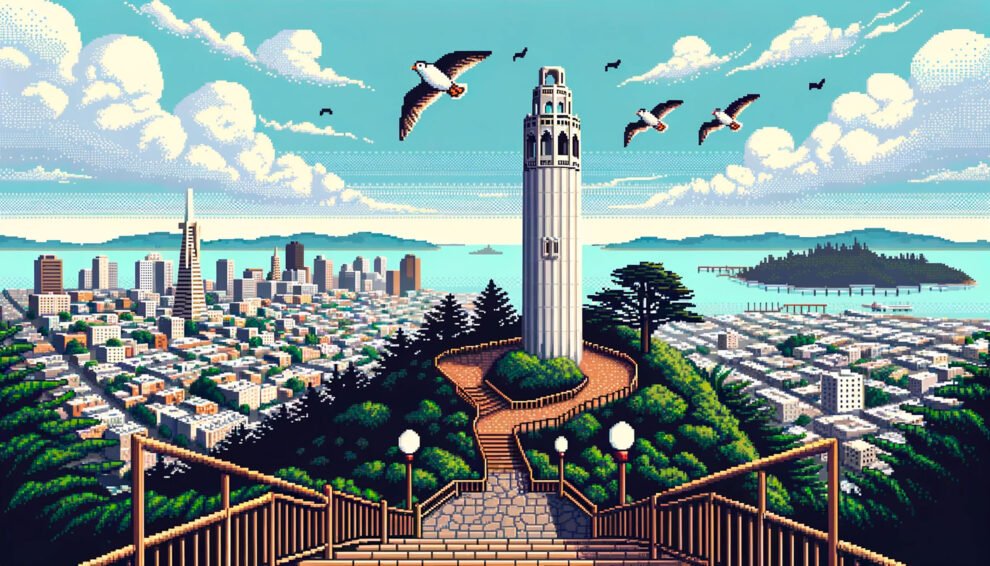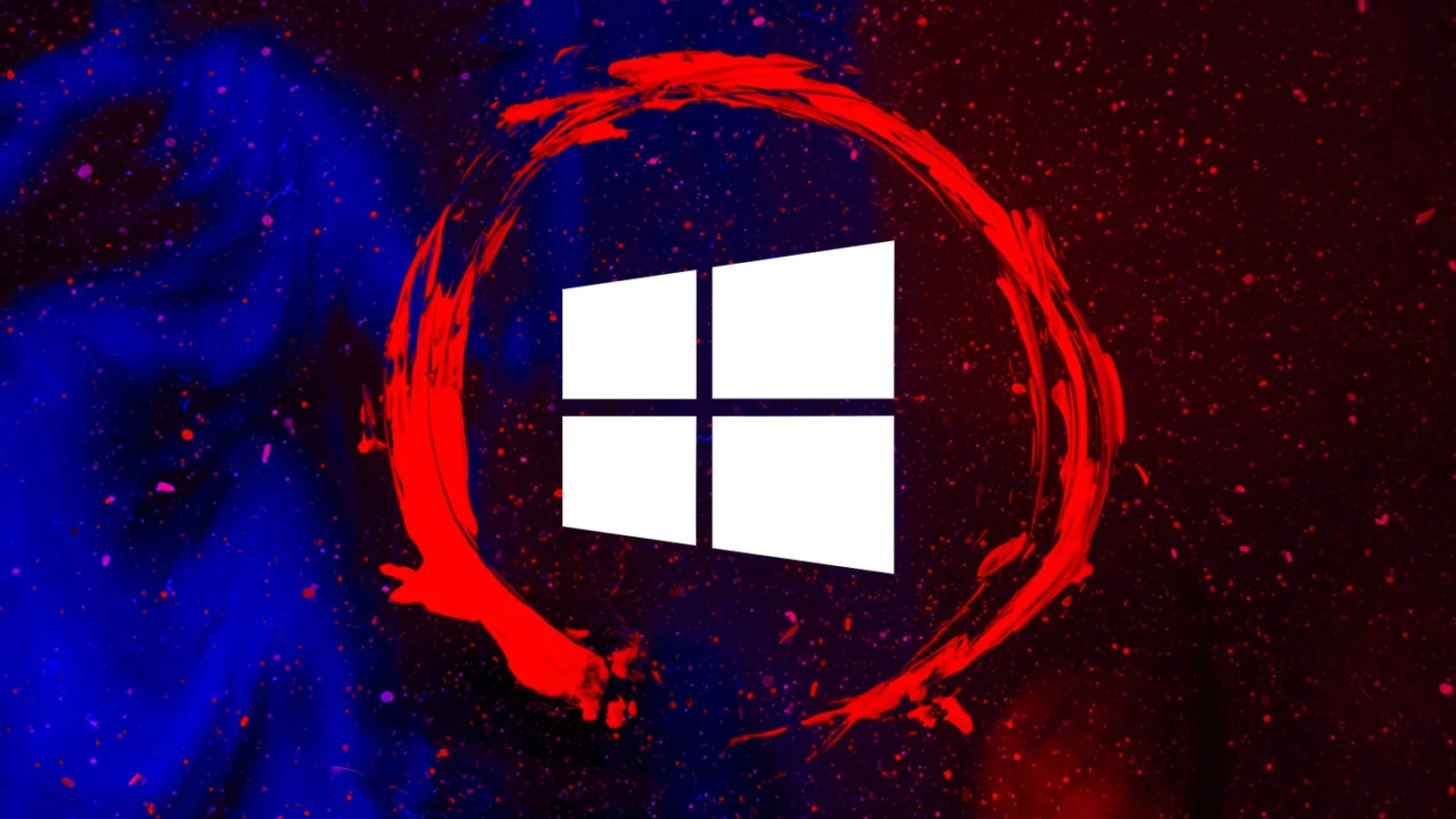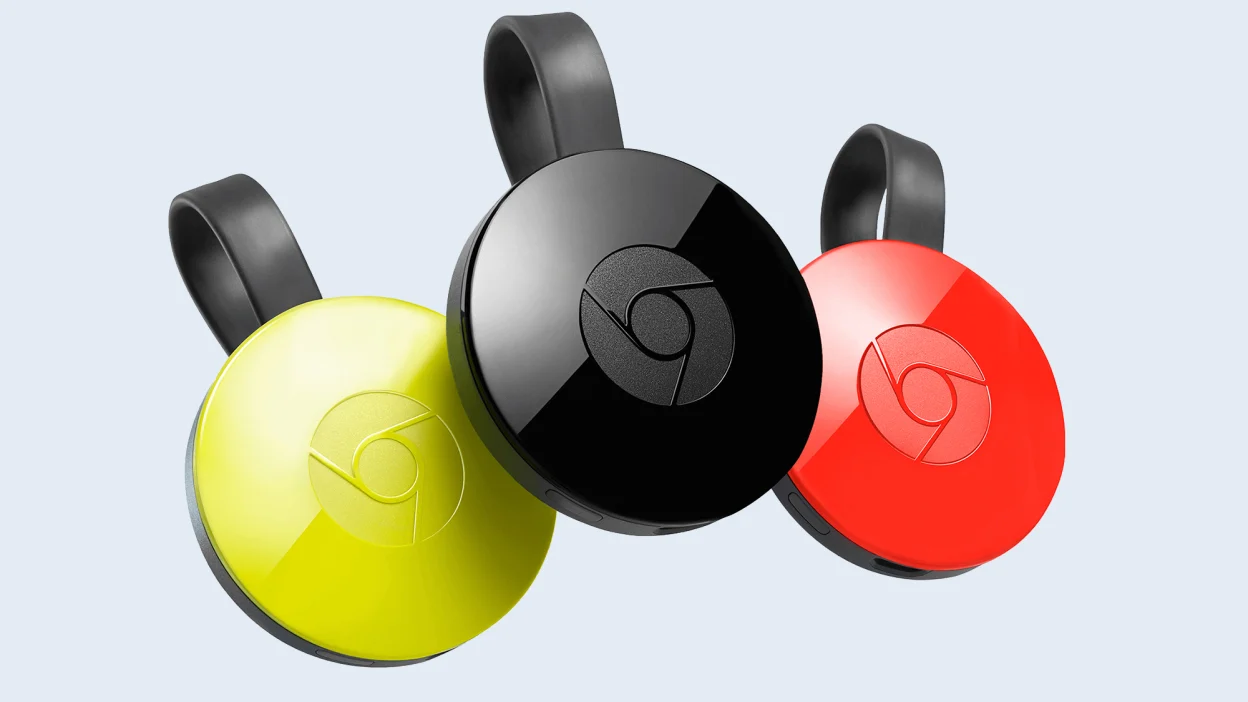The Dawn of DALL-E
In early 2021, OpenAI introduced DALL-E, a revolutionary AI capable of generating detailed images from textual descriptions. This model, based on the GPT-3 architecture, was a significant leap in text-to-image AI technology. By the following year, its upgraded version, DALL-E 2, was unveiled, offering enhanced resolution and more realistic image generation capabilities.
Features and Innovations
DALL-E 2 became renowned for its ability to not only create images from scratch but also make realistic edits to existing images. It could add and remove elements while accurately maintaining shadows, reflections, and textures, making it a powerful tool for artists and creators. Moreover, DALL-E 2 expanded upon its predecessor by introducing features like outpainting, which allowed users to extend images beyond their original borders, creating expansive new scenes.
Community Impact and Creative Explorations
The platform quickly became a creative playground for users worldwide, forming a community of enthusiasts who shared and celebrated each other’s AI-generated artworks. Users explored the model’s capabilities in generating anthropomorphized versions of animals, combining unrelated concepts, and even creating art in styles mimicking famous painters.
The Transition to DALL-E 3
Despite the success and popularity of DALL-E 2, OpenAI continued to innovate, leading to the introduction of DALL-E 3. This newer version promised even more nuanced and detailed image generation, thanks to its deeper integration with the latest advances in AI technology, including improvements in handling complex prompts and preventing harmful content generation.
DALL-E 3 also introduced enhancements in user interaction, making it easier for individuals to refine prompts and achieve more precise results. This was part of a broader effort to make AI more accessible and user-friendly, catering to both casual users and professional designers.
The Wind-Down and Its Implications
The wind-down of DALL-E 2 was a strategic move by OpenAI to consolidate its efforts and resources towards more advanced versions of its AI systems, like DALL-E 3. The decision reflects a common practice in the tech industry to phase out older technologies as newer, more efficient ones become available.
The transition also highlights OpenAI’s commitment to ethical AI development, ensuring that newer models adhere more strictly to safety standards to prevent misuse, such as the generation of deepfakes or other misleading content.
As DALL-E 2’s chapter closes, its legacy continues through the advancements and community it inspired. OpenAI’s journey with DALL-E is a testament to the rapid evolution of AI technologies and their impact on creative industries. As the technology matures, it promises to open new avenues for artistic and commercial applications, further blurring the lines between human and machine-generated art.



















Add Comment